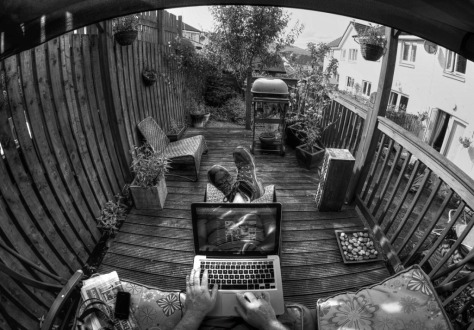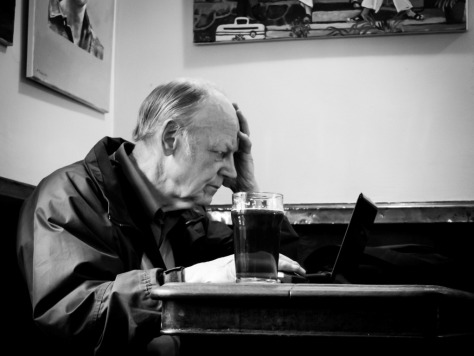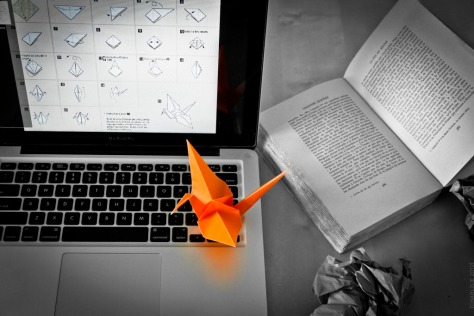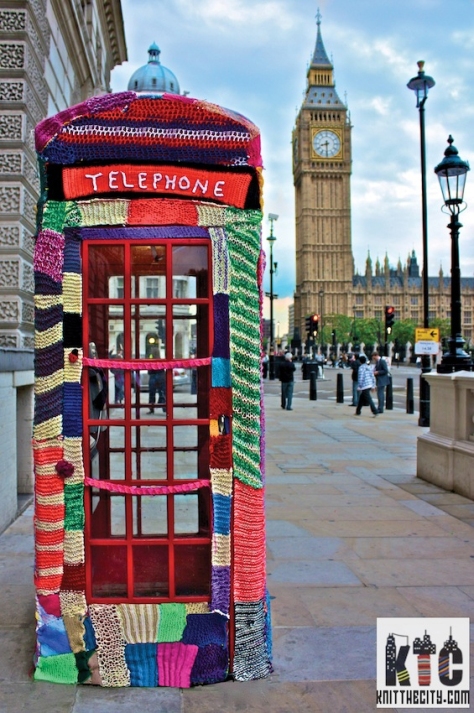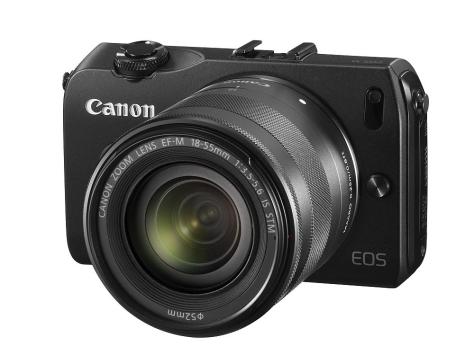Now that the summer is dwindling away and the night are drawing in it is now a great opportunity to get to grips with astro-photography and get mapping the night sky…
with the use of Canons eos 60DA designed specifically with night time photography in mind it brings this once specialist interest closer to reality for many budding astronomers.


Overview
A camera that performs out of this world!!
For photographers who look to the sky, Canon is proud to offer the new EOS 60Da DSLR. Following in the popularity of the EOS 20Da, the EOS 60Da is tailor made just for astrophotography. It’s designed to ensure accurate depictions of the reddish hues when photographing diffuse nebulae in the night sky with the increased sensitivity of hydrogen-alpha (Hα) lines (656nm). With the same advanced features of the EOS 60D DSLR, including a Variable-angle 3.0-inch Clear View LCD monitor for Live View compositions, an amazing 18.0 Megapixel CMOS sensor, an ISO range of 100-6400 (expandable to 12800) and more, the EOS 60Da is both capable and simple. Perfect for long exposures while gazing up into the sky, there’s nothing like the EOS 60Da.
Features
Increased IR sensitivity for astro-photography (IR cut filter is modified to achieve a hydrogen-alpha (Hα) light (656nm) transparency approximately three times higher than the EOS 60D) allowing crisp, clear images of reddish, diffuse nebulae.
18.0 Megapixel CMOS (APS-C) sensor, ISO 100-6400; expandable to ISO 12800 (H) and high performance DIGIC 4 Image Processor for exceptional image quality and low noise based on the EOS 60D.
Variable angle 3.0-inch Clear View LCD monitor (3:2) with approximately 1,040,000 dots delivers comfortable shooting at high or low angles and detailed focusing during Live View astro-photography.
Newly bundled Remote Controller Adapter RA-E3 allows compatibility with the optional Timer Remote Controller TC-80N3 for accurate control of long exposures and automatic shooting of repetitive shots with the interval timer.
Compatible with Canon’s extensive family of EF and EF-S lenses and EOS accessories.
Brilliant Capture of the Entire Spectrum of Colour in the Sky.
Increased IR sensitivity for astrophotography allowing crisp, clear images of reddish, diffuse nebulae.
To capture the full range of colours given off by diffuse nebulae in the sky, the EOS 60Da features a specially tailored infrared blocking filter that allows the light normally blocked by a typical DSLR’s filter to be captured by the camera’s sensor. This means that the reddish hydrogen-alpha (Hα) light (656nm) gasses unseen by a normal DSLR are captured brightly and clearly on the EOS 60Da. With its modified infrared blocking filter, the EOS 60Da captures approximately 3x the hydrogen-alpha (Hα) rays than the EOS 60D, resulting in astrophotography that is sharper, clearer and more accurate in the depiction of naturally occurring reddish hues of diffuse nebulae.
Specifications
Type
Digital, AF/AE single-lens reflex, camera with built-in flash
Recording Media
SD/SDHC/SDXC memory cards
Image Format
Approx. 0.88 x 0.59 in. / 22.3 x 14.9mm (APS-C size)
Compatible Lenses
Canon EF and EF-S Lenses (35mm-equivalent focal length is approx. 1.6x the lens focal length)
Lens Mount
Canon EF mount
Image Sensor
Type
High-sensitivity, high-resolution, large single-plate CMOS sensor
Pixels
Effective: Approx. 18.0 Megapixels: 5200 (H) x 3462 (V) pixels
Total Pixels
19.0 Megapixels: 5432 (H) x 3492 (V) pixels
Aspect Ratio
3:2 (Horizontal: Vertical)
Colour Filter System
RGB primary colour filters
Low Pass Filter
Fixed position in front of the image sensor
Dust Deletion Feature
(1) Self Cleaning Sensor Unit
·
by Glyn Ridgers
info courtesy of Canon USA



































